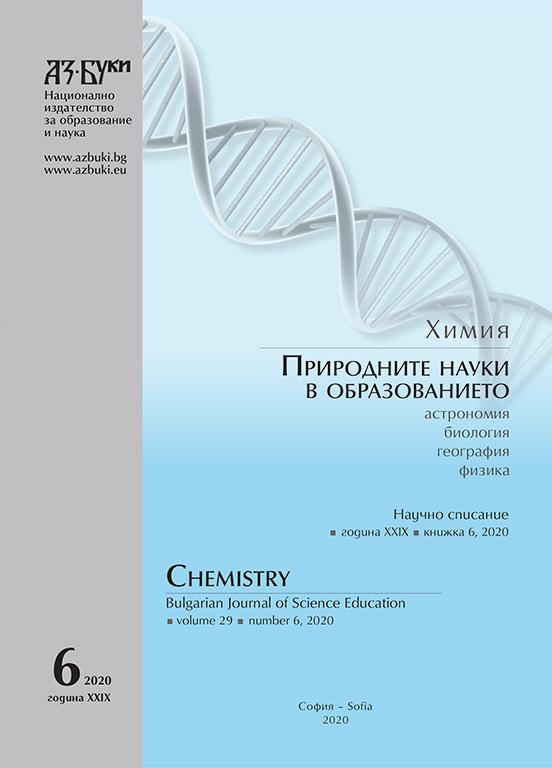The Successful Turnover of Photosystem II Core Complexes Using Laser Flash Illumination
The Successful Turnover of Photosystem II Core Complexes Using Laser Flash Illumination
Author(s): Bernard BaitutiSubject(s): Social Sciences, Education, School education, Adult Education, Higher Education , State/Government and Education
Published by: Национално издателство за образование и наука „Аз-буки“
Keywords: kinetics; back reaction; photosystem II; electron transfer; illumination; Kok cycle
Summary/Abstract: Kinetics of back reaction in the S states starting with S2 →S1, was studied. This involves electron transfer from QA- back to Mn cluster. The electron transfer process start when a photon of light is absorbed by P680, which becomes excited to high energy level P680*. It acts as a primary electron donor, hence donates electron to the primary acceptor molecule Pheophytin (Pheo). Pheo then transfers electron to plastoquinone QA which becomes QA- after accepting electrons. This is how primary photosynthesis happens. To verify if the electron is returned to the donor (cyclic electron transfer) or noncyclic electron transfer, the decay kinetics was examined assuming a very rapid back reaction. Only back reaction following S2 to S1 state transition was measured. For decay of the multiline (ML) intensity in flash illuminated photosystem II (PSII) core samples, a first order reaction was assumed. The time course of decay of the S2 ML state is assumed to follow the kinetics. Results shows that the amount of energy needed for the back-reaction is very high, Ea=75 KJ/mol. This is energy needed for the electron to back react from S2 to S1 state. This high activation energy means back reaction will need high input of energy. PSII proceeds forward (noncyclic electron transfer).
Journal: Химия. Природните науки в образованието
- Issue Year: 29/2020
- Issue No: 6
- Page Range: 679-691
- Page Count: 13
- Language: English
- Content File-PDF

